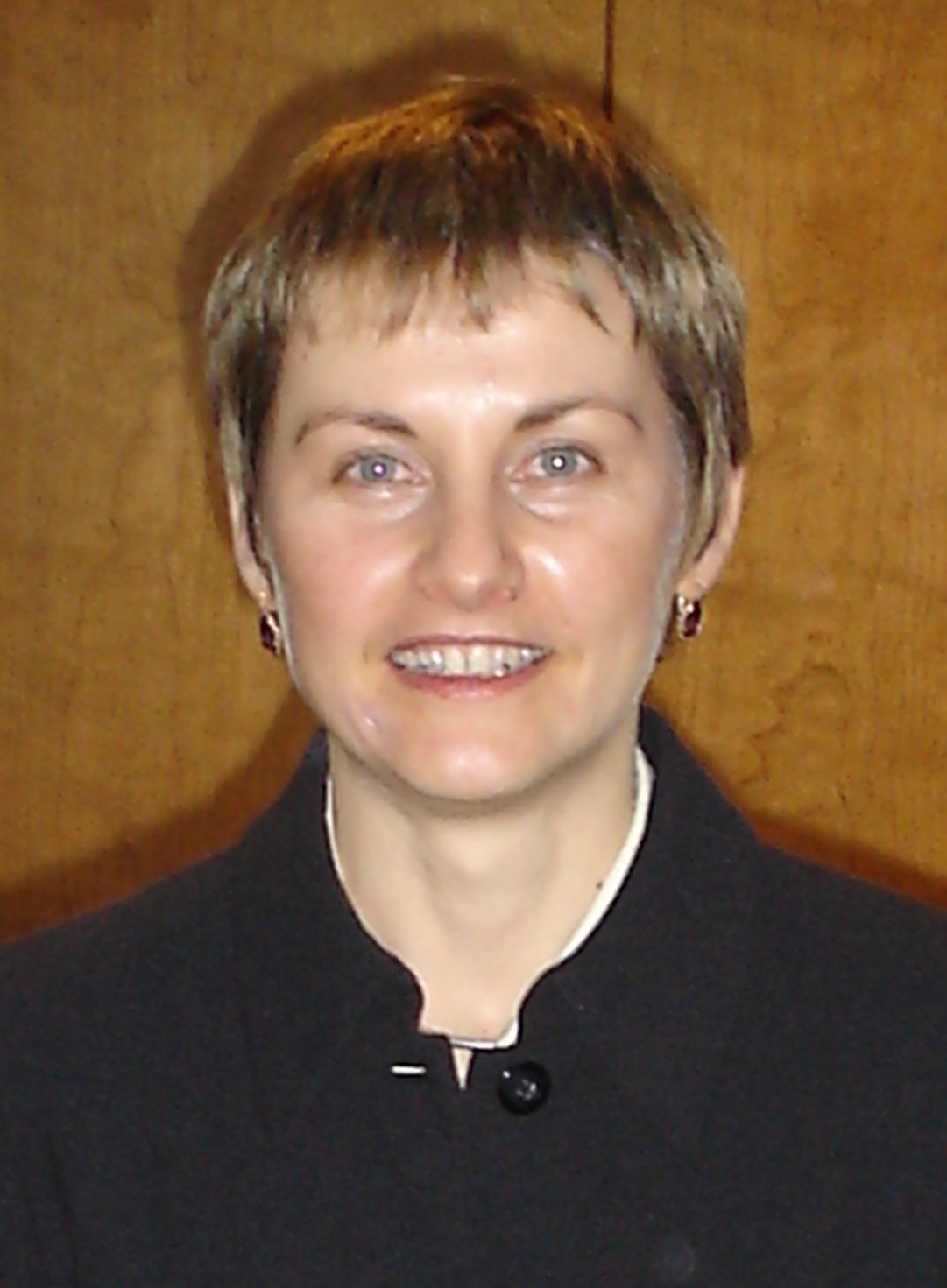
Daniela Constantinescu Ph.D.
 |
Daniela Constantinescu Ph.D.
|
Ph.D. Research:
This work presents general purpose simulation and control techniques for efficient and transparent haptic rendering of rigid body motion with constraints. Transparent interaction is achieved by enabling users to feel collisions and to manipulate both virtual objects and virtual linkages. Efficient rendering is acomplished through fast approximations of rigid body interaction implemented in a local model with haptic performance.
Hapic rendering of impacts is based on a new representation of rigid body contact. In this representation, contacts are infinitely stiff when they arise and have limited stiffness thereafter. Multiple impacts are resolved simultaneously, in a manner consistent with conservation of energy principles and with the force capabilities of the haptic device. Haptic rendering of impacts is beneficial in training simulators for dental procedures and bone surgeries, as well as CAD and virtual prototyping systems with force feedback.
Realistic linkage manipulation is enabled by permitting users to operate
linkages from any link and through singularities while restricting their motion
according to the virtual environment geometry and the linkage topology. Linkage
topology is imposed on users through penalizing users' departure from the
configuration manifold of the virtual linkage. Operation of links with
insufficient degrees of freedom is important in applications like training for
laparoscopy, where the scope limits the tool motion at the entry point. Efficient rendering of rigid body motion with constraints is enabled by interfacing the device to a simulation through a local model of interaction. The model comprises constraints imposed on the virtual tool by virtual objects within an e-active neighborhood of the virtual tool and a dynamic proxy of the virtual tool. This model is the first that can be used to constrain both the translation and the rotation of the device and to add realistic forces to virtual environments generated using any commercial simulation package with interactive performance. The model is beneficial in consumer-grade haptic applications, because it allows easy development of haptic applications by users without detailed haptic knowledge. It can also be used to enable cooperative haptic manipulations in applications that involve two-handed operations and/or multiple users.
|
M.A.Sc. Research:
|